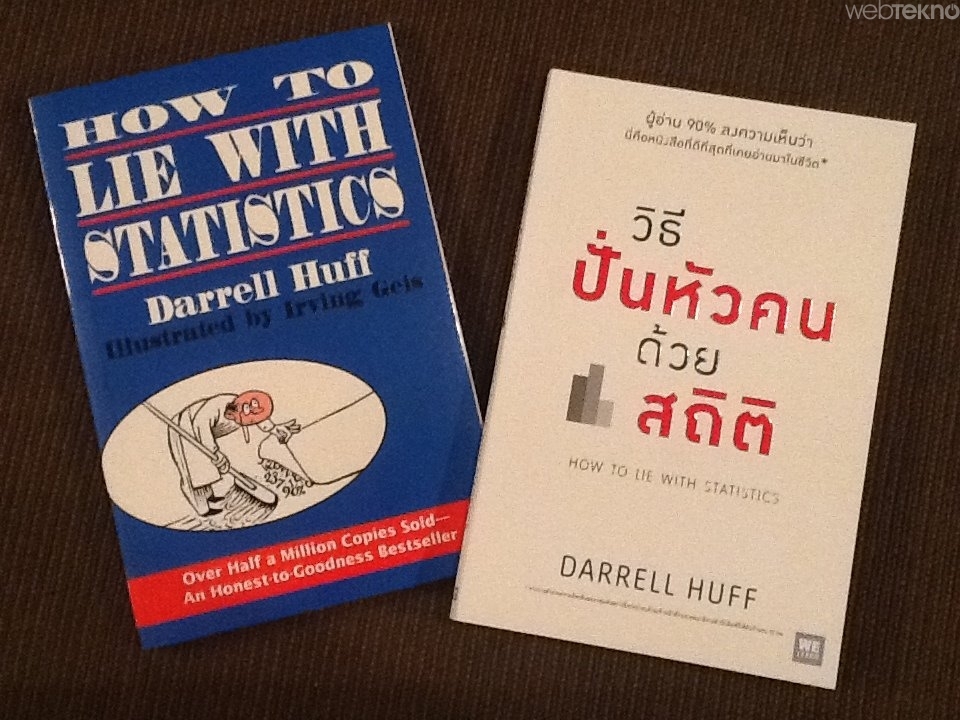


Like a lecturing father, he expects you to learn something useful from the book, and start applying it every day. Huff's tone is tolerant and amused, but no-nonsense.

Statistics are rife with opportunities for misuse, from "gee-whiz graphs" that add nonexistent drama to trends, to "results" detached from their method and meaning, to statistics' ultimate bugaboo-faulty cause-and-effect reasoning. "The secret language of statistics, so appealing in a fact-minded culture, is employed to sensationalize, inflate, confuse, and oversimplify," warns Huff.Īlthough many of the examples used in the book are charmingly dated, the cautions are timeless. The book remains relevant as a wake-up call for people unaccustomed to examining the endless flow of numbers pouring from Wall Street, Madison Avenue, and everywhere else someone has an axe to grind, a point to prove, or a product to sell. Huff sought to break through "the daze that follows the collision of statistics with the human mind" with this slim volume, first published in 1954. And nowhere does this terror translate to blind acceptance of authority more than in the slippery world of averages, correlations, graphs, and trends. "There is terror in numbers," writes Darrell Huff in How to Lie with Statistics.


 0 kommentar(er)
0 kommentar(er)
